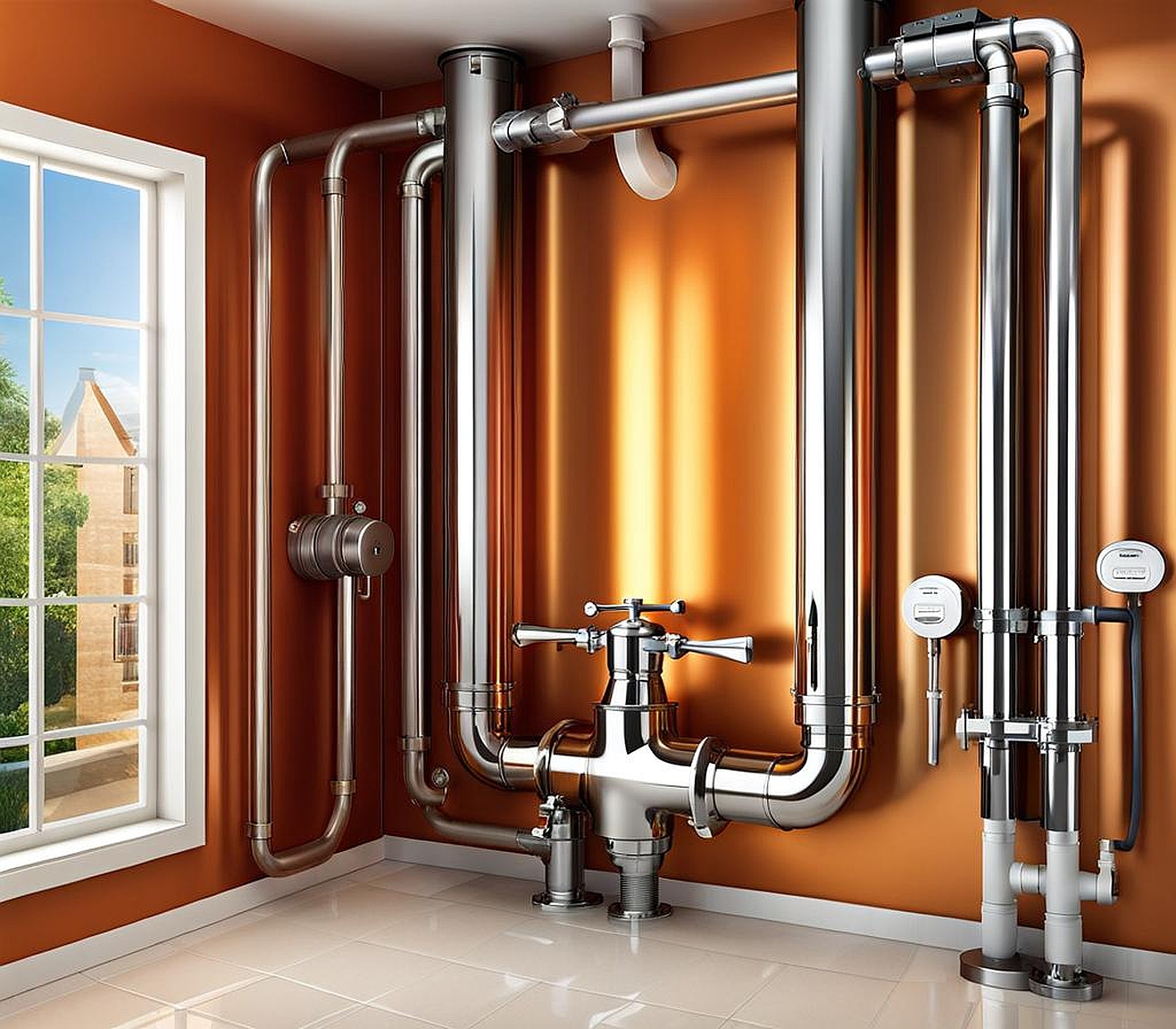Dealing with an overflow in your hot water system can be a frustrating and potentially damaging situation. Whether you have a traditional tank-based or a modern tankless water heater, understanding the common causes of this issue is crucial to prevent costly repairs and water damage.
Identifying Common Causes of Overflow in Hot Water Systems
Before we dive into the solutions, it’s essential to understand the root causes of hot water system overflows. Several factors can contribute to this problem, including:
- Faulty Temperature and Pressure Relief Valve (T&P Valve) : The T&P valve is a critical safety component designed to release pressure and prevent excessive temperature buildup in the tank. If this valve malfunctions or becomes stuck, it can lead to an overflow.
- Excessive Pressure in the System : High water pressure can cause the T&P valve to open, resulting in an overflow. This can be due to a malfunctioning pressure-reducing valve or issues with the municipal water supply.
- Sediment Buildup : Over time, mineral deposits and sediment can accumulate in the tank, reducing its capacity and causing water to back up and overflow.
- Leaks : Leaks in the hot water system, whether in the tank, pipes, or fixtures, can lead to water loss and potential overflows if not addressed promptly.
By identifying the specific cause of the overflow, you can take targeted action to resolve the issue effectively.
Preventive Measures for Avoiding Hot Water System Overflows
Proactive maintenance and preventive measures can go a long way in avoiding hot water system overflows. Consider implementing the following strategies:
- Regular Flushing and Draining : Periodically flushing and draining your water heater can help remove sediment buildup, extending its lifespan and preventing overflows caused by reduced tank capacity.
- Pressure Regulator Maintenance : Ensure that your home’s pressure regulator is functioning correctly and adjusted to the recommended pressure range. This can prevent excessive pressure buildup and potential overflows.
- Expansion Tank Installation : Installing an expansion tank can help absorb the thermal expansion of water as it heats up, reducing the stress on the system and minimizing the risk of overflows.
- Temperature and Pressure Relief Valve Inspection : Regularly inspect and test the T&P valve to ensure it’s operating correctly. Replace it if it’s faulty or if it fails to reseat properly after testing.
By implementing these preventive measures, you can significantly reduce the likelihood of hot water system overflows and extend the lifespan of your equipment.

Troubleshooting and Repair Solutions for Overflowing Hot Water Systems
If you’re already experiencing an overflow, it’s crucial to act quickly to minimize water damage and address the underlying issue. Here are some troubleshooting and repair solutions to consider:
- Shut off the Water Supply : Locate the main water supply valve and turn it off immediately to stop the overflow and prevent further water damage.
- Replace the Temperature and Pressure Relief Valve : If the T&P valve is the culprit, replace it with a new one. This is a relatively straightforward task, but it’s advisable to seek professional assistance if you’re inexperienced.
- Flush and Drain the Tank : If sediment buildup is the cause, thoroughly flush and drain the tank to remove the accumulated debris. You may need to perform this process multiple times to ensure complete removal.
- Repair or Replace Leaking Components : Identify and repair any leaks in the system, whether in the tank, pipes, or fixtures. In some cases, a complete tank replacement may be necessary if the leak is severe or the tank is beyond repair.
Remember, addressing hot water system overflows promptly is crucial to prevent further damage and ensure the safe operation of your water heating system.
Installation of Overflow Prevention Devices for Hot Water Systems
In addition to regular maintenance and repairs, consider installing overflow prevention devices to enhance the safety and reliability of your hot water system. Some popular options include:
- Water Heater Overflow Pans : These pans are designed to catch and contain any water that may overflow from the tank, preventing damage to your floors and surrounding areas.
- Automatic Shutoff Valves : These valves can detect excessive water flow or pressure and automatically shut off the water supply to the system, preventing further overflow.
- Water Leak Detectors and Alarms : These devices can detect water leaks or overflows and alert you through audible alarms or notifications, allowing you to take immediate action.
While these devices may require an initial investment, they can provide peace of mind and potentially save you from costly water damage repairs in the long run.
Proper maintenance is key to ensuring the longevity and efficient operation of your hot water system. Here are some tips to help minimize the risk of overflows:
- Conduct Regular Inspections : Periodically inspect your hot water system for any signs of leaks, corrosion, or other issues that may lead to overflows. Address any problems promptly.
- Follow Manufacturer’s Recommendations : Consult your water heater’s manual and follow the manufacturer’s recommended maintenance schedule, including regular flushing, draining, and component replacements.
- Consider Professional Maintenance Services : If you’re not comfortable performing maintenance tasks yourself, consider hiring a professional plumbing service to inspect and maintain your hot water system regularly.
- Keep Records : Maintain a log of all maintenance activities, repairs, and component replacements. This can help you identify patterns and anticipate potential issues before they escalate.
By following these maintenance tips, you can significantly reduce the likelihood of hot water system overflows and extend the lifespan of your equipment, saving you money and hassle in the long run.